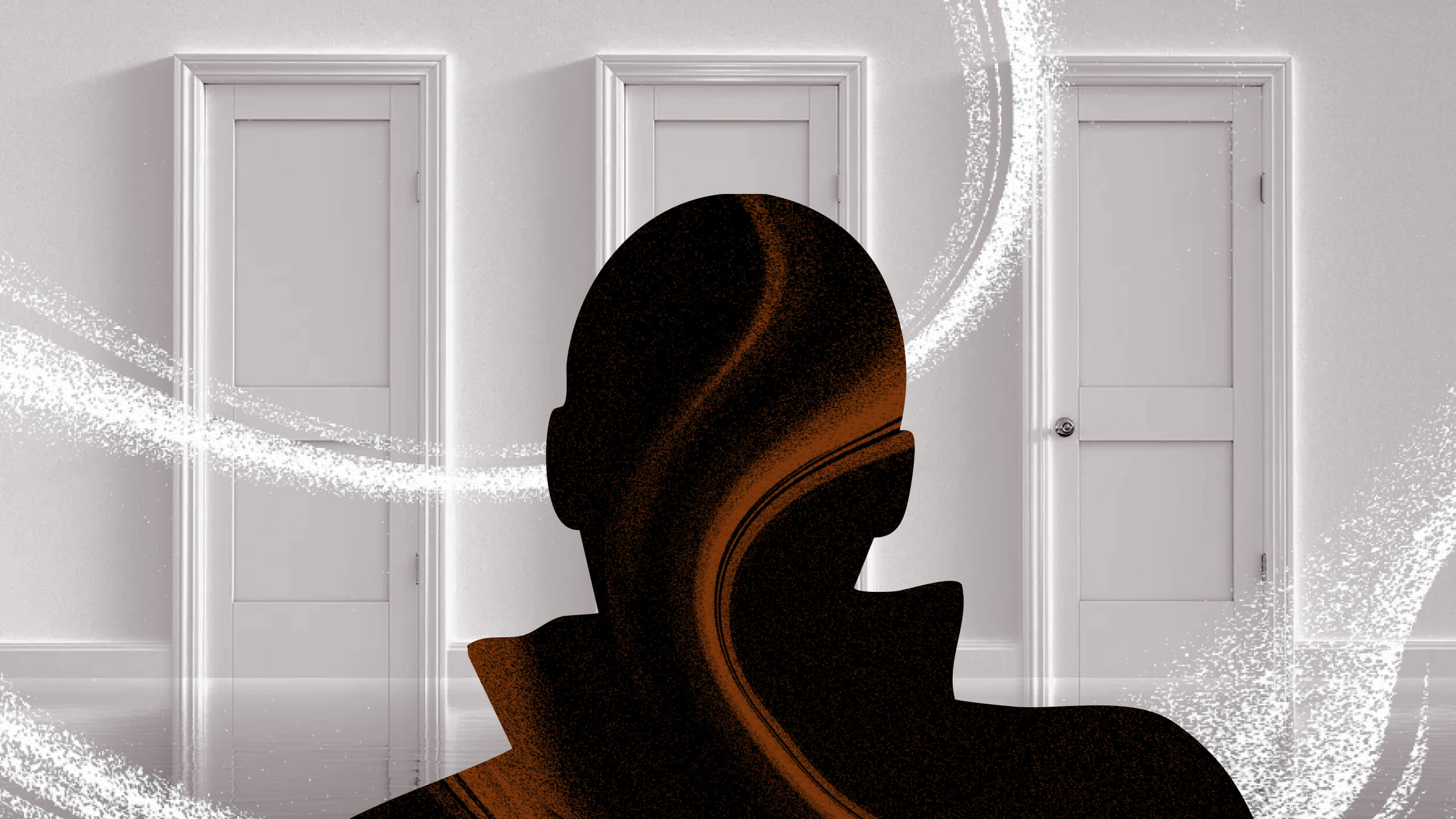Quick Thoughts on Grey Divorce

So we read in THE WALL STREET JOURNAL and elsewhere that one in four divorces now separate people over fifty. The divorce rate as a whole has plateaued or has even dropped, especially among sophisticated and prosperous Americans. But it’s doubled over the last couple of decades among older Americans.
This trend would hardly have surprised our Founding individualistic philosopher John Locke. Locke made the revolutionary statement that marriages among members of our species should last until the kids can fend for themselves. That’s the rule, he notes, among comparable species, and what distinguishes our species is only the long period it takes to raise the young. That period, of course, is longer by far than it was in Locke’s time. Adolescence got invented, and it keeps getting longer and longer.
Locke, of course, was making the point that there’s no natural support for the “until death do you part” vow of our religion. And so that vow is an unnecessary constraint on individual liberty.
For Locke, marriage is basically about having rights to one another’s bodies. And that includes being stuck with raising the kids that are the natural result of excercising those rights. He assumed it wasn’t about eternal love or any such twaddle.
Now we haven’t been as vigilant either legally or in terms of mores in making people stay together for the sake of the kids as Locke recommended. He certainly wouldn’t have approved of a society in which most of the women under thirty having kids aren’t married. That’s hardly the optimum situation for raising people to be free and responsible individuals.
Given that we’ve become a lot looser than Locke recommended when it comes to marriage in many ways, it’s not surprising that our emphasis on individual happiness or personal self-fulfillment has finally started to work on older people in a way he wouldn’t object to at all.
This new birth of freedom might be understood to be a natural result of our ability to extend the length of the average human life quite significantly in recent decades. Women have a generation of life after menopause but before debility and death that a Darwinian might have a hard time explaining. Why shouldn’t that new freedom include new relationship opportunities that had to be deferred while kids were still in the picture?
And when and if the transhumanist promise of indefinite longevity or even THE SINGULARITY kicks in, it’s pretty darn impossible to imagine staying with the same person for hundreds or thousands years, much less for a kind of quasi-immortality.
But we also know that marriage is really good for the health of men. We also know that when relatively late-stage divorce occurs, it’s the man who typically loses close contact with the kids and has a more difficult time maintaining an intimate relational life. That tendency holds up even when we notice than older men have an easier time attracting younger women than the other way around.
As the accompanying picture suggests, maybe pets or even robots can help out some, although certainly not in the most important ways.
Most of the caregiving in our country, even now, is voluntarily done by women.
So these lonely old guys who don’t even understand what’s best for them become burdens of the state in their years of debility and deline. Grey divorce may be one demographic trend among many that imperils the future of our health care system.




